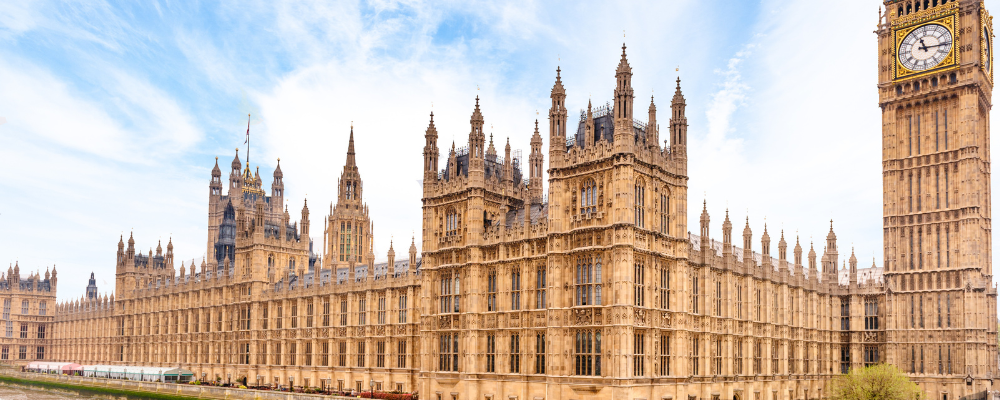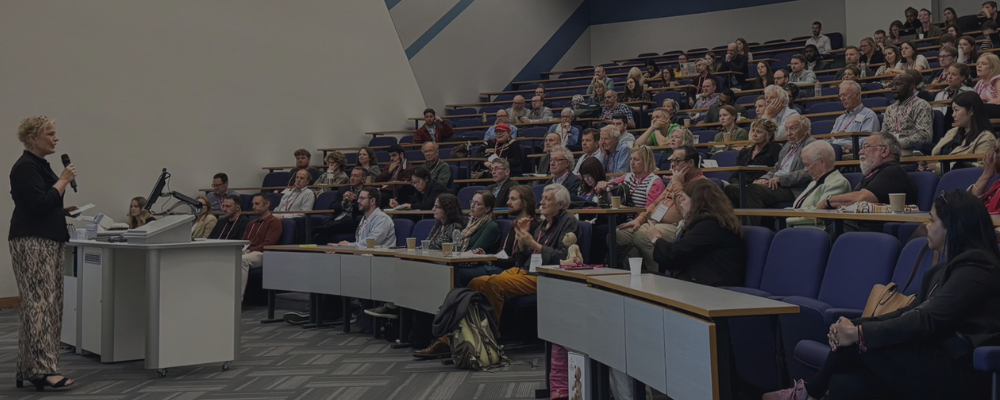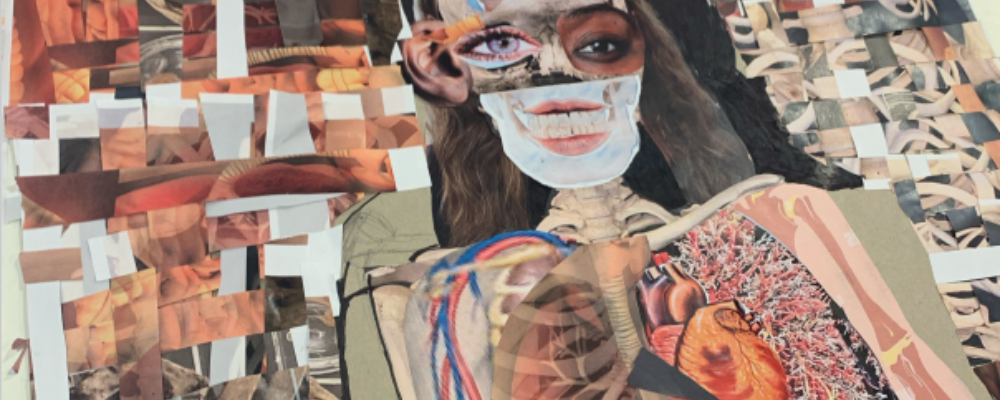
Using art to improve critical and creative thinking in science learning and teaching
Dr Francesca Arrigoni, Kingston University, UK
Member and Education and Teacher grant awardee, The Physiological Society
“This interstitial space between disciplines offers a fertile ground for innovation and discovery. By breaking down traditional disciplinary barriers, students are encouraged to think creatively and explore new perspectives. The success of this initiative underscores the potential of art-science collaborations to enhance educational outcomes and inspire future generations of thinkers and creators.”
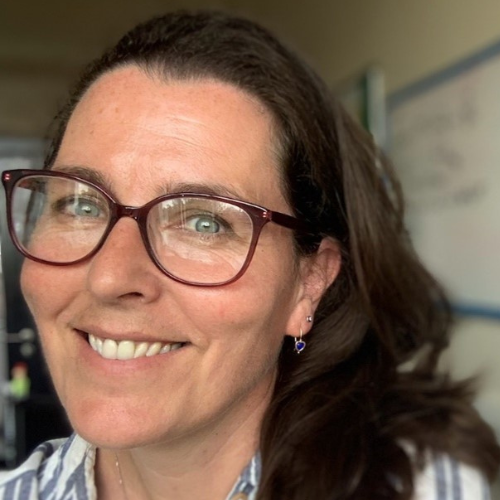
Fusing science and art
My journey into this interdisciplinary area began in 2018 when I discovered a Research as Art competition at University College London, UK. I hadn’t really examined links between art and science or even STEAM (Science, Technology, Engineering, Art and Maths) before that time and it sparked a deeper interest in how the fusion of scientific inquiry and artistic expression could lead to new ways of thinking and understanding.
This became a reality during lockdown, in 2020, as I successfully managed to integrate art into online science teaching, providing innovative ways to engage students with learning physiology. Since then, I have carried out more research into the impact of STEAM in higher education, leading to incredible collaborations that merge these seemingly disparate fields.
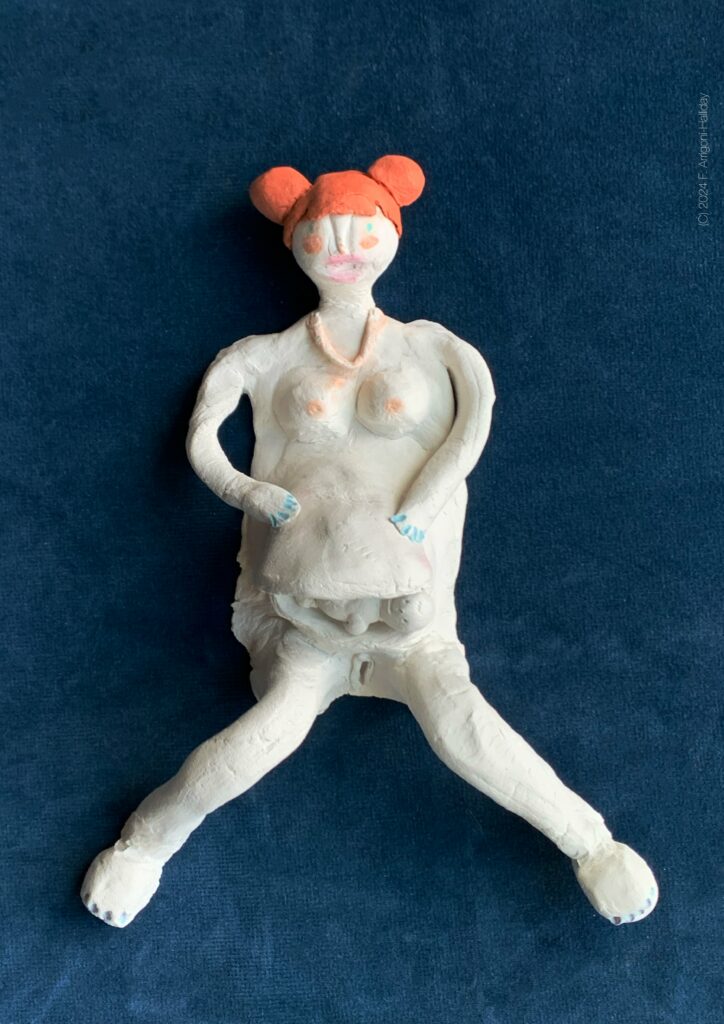
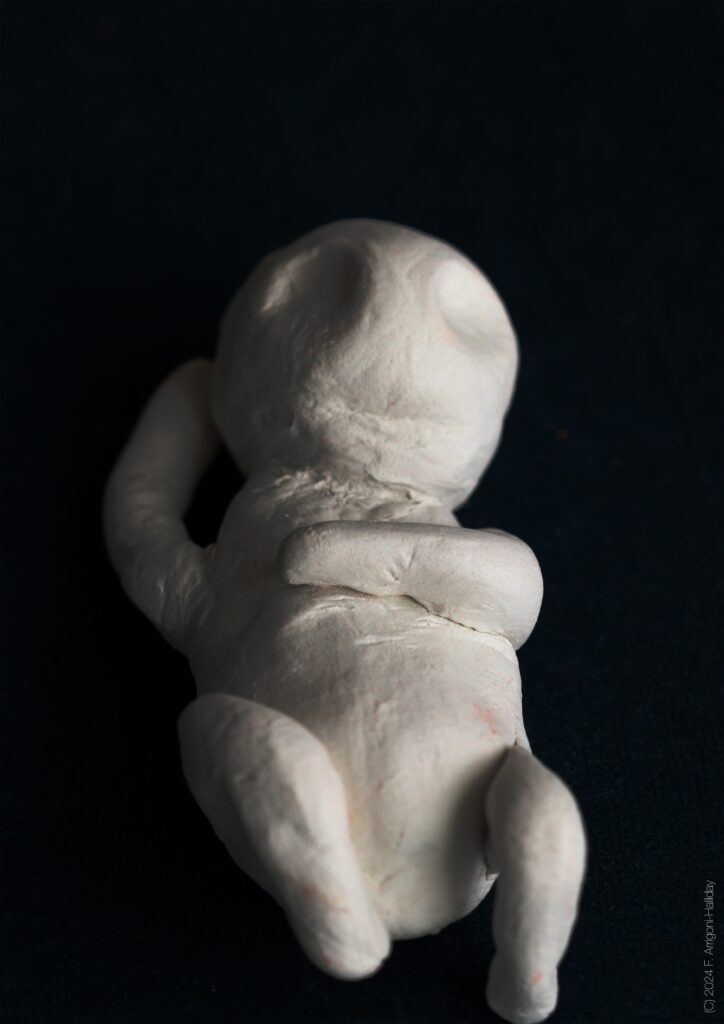
Figure 1 and 2: Childbirth and Fetus (Clay). Childbirth was a common theme among the students. The Hunterian Collection has numerous pre-term infant specimens on view which led to numerous questions, surrounding consent, empathy and child mortality.
The idea behind the exhibition
To investigate the impact of art in science education, I aimed to create and curate an exhibition. The project is part of my Education and Teaching grant from The Physiological Society to evidence the impact that art can have as a means of both understanding and communicating science, particularly in the healthcare industry. This was done in collaboration with Clare Conway from Kingston School of Art, UK, who has significant experience of curation, and The Hunterian Museum, London, which could provide a prestigious platform for the students’ creations.
The work showcased what happens when students are encouraged to explore beyond traditional academic boundaries. The quality of the student work was astonishing and not only promoted confidence and self-belief among the cohort but revealed a lot of untapped potential.
Themes and concepts
The central theme of the exhibition revolved around the idea that when art is incorporated into scientific disciplines, students’ perceptions can significantly broaden and become transformative. I explored this theme, not only through the student work, but also via six short podcasts: What’s Art got to do with it? that featured interviews with various scientists and artists, also curated in the exhibition. These discussions delved into the importance of art to science, science to art and to examine those spaces in between the disciplines, the interstices, which creates a more holistic approach to education and research.
Student engagement and experience
To foster a deeper connection with the material within the exhibit, students needed to learn to actively participate with the exhibit. Before visiting the museum, they were taught how to take notes and create drawings for both during and after the visit. Initially (and unsurprisingly), students were reluctant to embrace this unconventional approach, which was, as part of their curriculum, to learn how to closely observe and draw, and create a sketch notebook. The aim was that upon visiting The Hunterian Museum, the experience, which always runs the risk of being a passive non-event, would be transformed into an active, engaging one. This active engagement was crucial in helping students overcome their initial hesitations and fully immerse themselves in the experience.
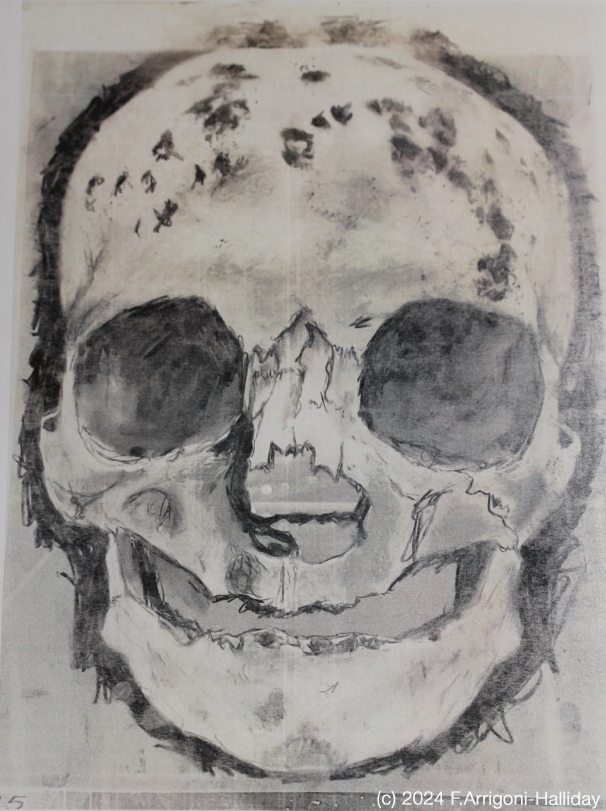
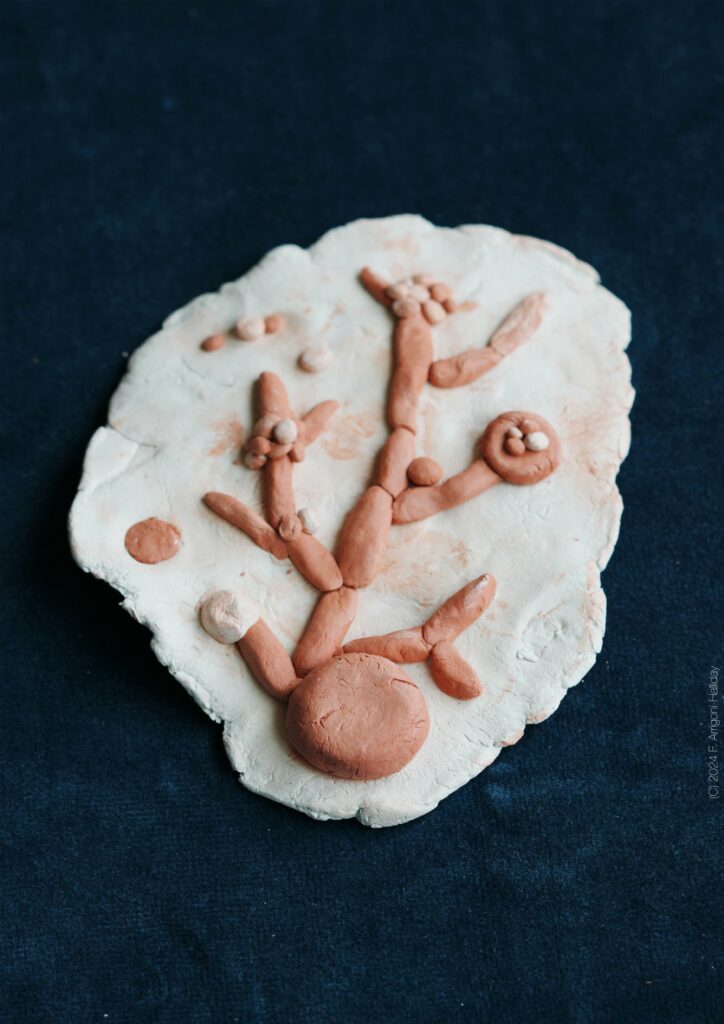
Figure 3 and 4: Syphilitic skull (Charcoal) and Penicillin (Clay). There are many syphilitic skulls in the exhibition. Reflection on how many diseases we do not see today due to antibiotics was emphasised. Moreover, for many, inequalities in access to healthcare may indeed mean that this is still a reality.
Artworks and student contributions
The artworks exhibited that had been created following the visit were student-led, allowing them to explore and express their feelings and ideas. This process was discussed in detail during my podcast with the Director of museums and special collections at The Hunterian Museum, Dawn Kemp, highlighting the importance of giving students the freedom to direct their creative processes. The artworks are a testament to the students’ ability to translate complex emotions and concepts into tangible forms of art.
Some of the art reflects what was most impactful to the students, for example; women’s health and the impact of childbirth was a common theme. Quotes from discussions with the students following the visit were also curated in the exhibition, with issues surrounding consent, the advancement of science, ethics, and vaccination, which all highlighted profound levels of unprompted critical thinking.
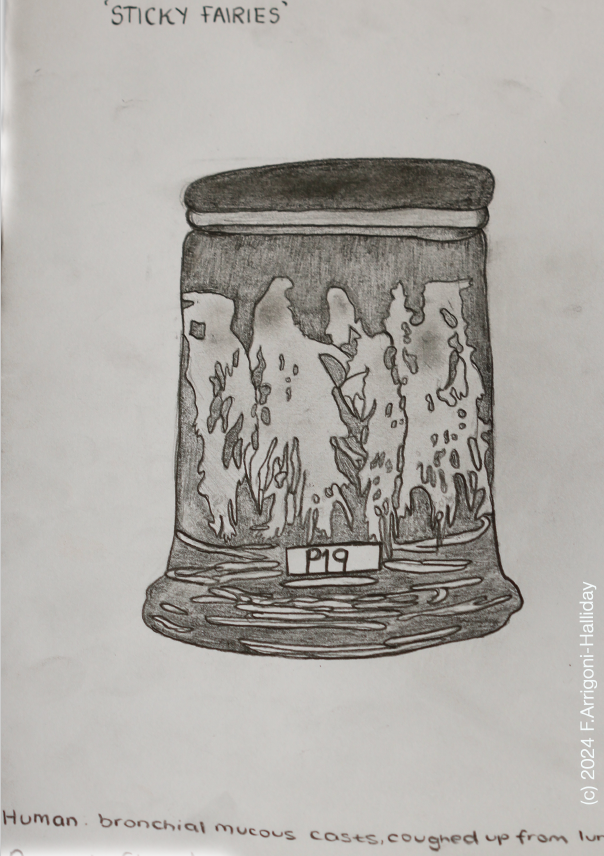
Figure 5 Sticky Fairies (Pencil on paper): Example of a sketch notebook. Students began taking sketch notes in books they had created during the visit and completed upon their return to class. Impressions and observations were encouraged.
Educational benefits
The collaboration between science and art has yielded significant educational benefits for this cohort. Notably, the student progression rate increased by 20% from last year, suggesting this approach may have had a positive impact on their academic performance. The informal environment fostered by the collaboration also facilitated better communication skills among them, teaching them how to convey their ideas effectively and appropriately. This skill is invaluable, as it prepares students for real-world interactions and professional environments.
A holistic approach that inspires creative thinking
This interstitial space between disciplines offers a fertile ground for innovation and discovery. By breaking down traditional disciplinary barriers, students are encouraged to think creatively and explore new perspectives. The success of this initiative underscores the potential of art-science collaborations to enhance educational outcomes and inspire future generations of thinkers and creators. Through continued exploration and support, such collaborations can pave the way for a more integrated and holistic approach to education and research.
With special thanks to the Director of museums and special collections of the Hunterian Museum, Dawn Kemp.



